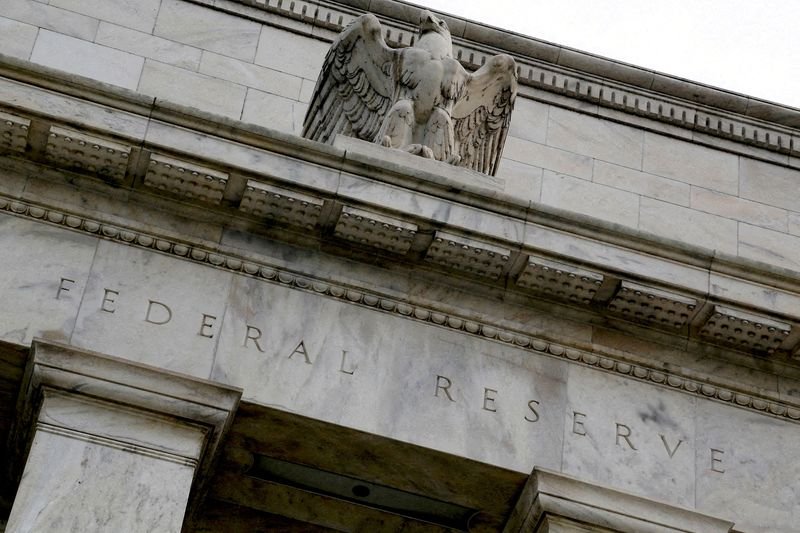Fed Reviews Its Evaluation Process for Major Banks
The U.S. Federal Reserve is currently reassessing the methods it uses to evaluate large financial institutions. As part of this review, the Fed aims to refine its approach to better assess risk and ensure the stability of the banking system.
Overview of the Evaluation Process
The Federal Reserve employs a comprehensive system to evaluate the safety and soundness of significant banks. This evaluation process includes key factors such as capital adequacy, asset quality, management effectiveness, earnings, and liquidity. By focusing on these areas, the Fed aims to maintain a robust and resilient banking sector.
Key Factors in Bank Evaluations
To effectively monitor these institutions, the Fed examines several critical components:
Capital Adequacy
Capital adequacy refers to the availability of financial resources that banks must hold to protect against potential losses. The Fed measures this using various ratios, including the Common Equity Tier 1 (CET1) ratio, which compares a bank’s core equity capital to its total risk-weighted assets. A strong CET1 ratio indicates that a bank is well-capitalized and can absorb shocks while continuing its operations.
Asset Quality
The quality of a bank’s assets is another crucial aspect of the evaluation process. The Fed reviews the bank’s loan portfolio, particularly focusing on non-performing loans. High levels of bad loans can signify underlying issues within a bank and may lead to higher risks of default. Maintaining a healthy asset quality is essential for long-term stability.
Management Effectiveness
The ability of a bank’s management team to effectively navigate challenges and implement sound strategies is vital. The Fed assesses managerial practices, governance structures, and decision-making processes. Strong leadership can significantly enhance a bank’s overall performance and risk management capabilities.
Earnings
Consistent earnings are fundamental to a bank’s sustainability. The Fed analyzes income statements and key profitability ratios to gauge a bank’s ability to generate revenue and manage expenses. A bank with stable earnings is better positioned to weather economic downturns.
Liquidity
Liquidity refers to a bank’s capacity to meet its short-term obligations. The Fed evaluates liquidity through ratios measuring the liquid assets a bank holds against its liabilities. Adequate liquidity ensures that banks can meet withdrawal demands and continue their operations without significant disruption.
Changes Under Consideration
As part of the ongoing evaluation, the Federal Reserve is considering adjustments to the metrics and methodologies used in its assessments. The goal is to enhance transparency and increase the accuracy of risk evaluations. By refining these processes, the Fed hopes to identify potential vulnerabilities earlier and implement more effective regulatory measures.
Implications for Large Banks
These potential changes could have wide-ranging implications for major financial institutions. Banks may need to adapt their strategies and reporting practices to align with new requirements. Improved evaluations can lead to better risk management practices and foster a more resilient banking environment.
The Role of Public Feedback
The Federal Reserve is encouraging public comments on its proposed changes to the evaluation process. Engaging stakeholders—including banks, industry experts, and the general public—can provide valuable insights into the effectiveness of the current methodology. This feedback will play a crucial role in shaping the future of bank evaluations.
Future Outlook
As the Federal Reserve continues to refine its assessment methods, the emphasis on transparency and adaptability will be paramount. By ensuring that evaluations align with the evolving financial landscape, the Fed aims to enhance its oversight functions. The intent is not only to safeguard individual banks but also to promote a stable financial system as a whole.
In conclusion, the ongoing review of how the Federal Reserve grades major banks signifies a proactive step towards fostering a stronger banking infrastructure. This initiative aims to enhance the Fed’s ability to pinpoint risks and ensure that the banking system remains robust in the face of economic challenges.
